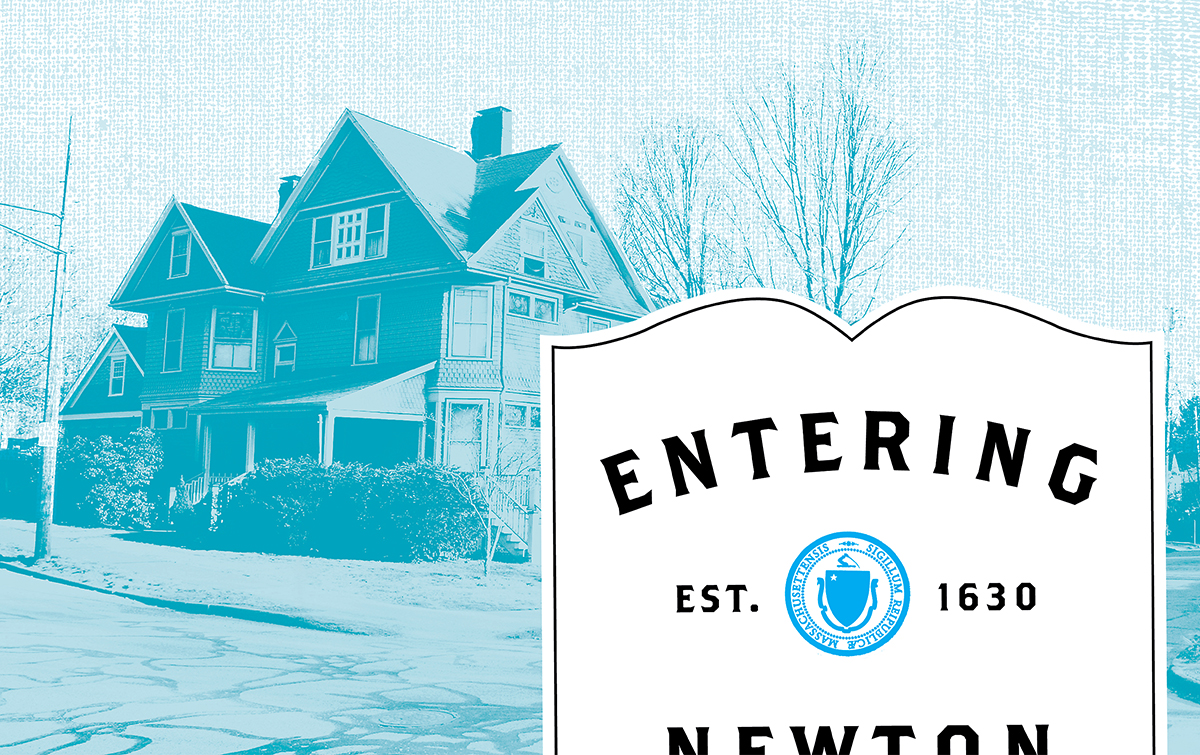Best Places to Live 2009
It Could Be Worse
Admittedly, such a clichéd sentiment may be of little consolation, particularly given the real estate market’s ongoing gut-pummeling “correction.” It doesn’t help that every time you turn on the news, some joyless pundit is painting the post-bubble era in broad, gloomy strokes.
Not to imply that’s an unfair assessment. Today’s economy is precarious, to say the least, and the housing free-fall deserves a lion’s share of the blame. The problem is, the swath of reality under discussion is usually so wide, it doesn’t give individual homeowners much of a sense of what’s happening with values in their town. No matter how many assistants these experts have got scouring macro-level sales and foreclosure data, you can bet your renovated mudroom they haven’t checked the latest figures for single-family homes in Rockport.
Our experts, on the other hand, did exactly that. (For those playing at home, Rockport’s median home prices have risen 4.9 percent since 2007—and a whopping 19.4 percent since 2005, when the market bubble was chubbiest.) Armed with hefty spreadsheets, we zoomed in to the city and town levels, then neighborhood, then even, in some cases, street. Sure enough, a different picture emerged. Whereas Massachusetts home values dropped 11.6 percent last year, according to real estate data pro the Warren Group, the 155 towns and neighborhoods in metro Boston that we looked at suffered a significantly less precipitous drop, with the average median home price down 6.5 percent in 2008, and 11.4 percent since the market peak in 2005.
What’s more, there were 64 towns that outperformed last year’s average. From that list, we singled out 20 communities that have been resilient over a longer haul, with none of them down more than 9 percent since 2005; seven of the towns have in fact gained in value since the market peak. (Thank you to the Warren Group for the data and to the Realtors who shared insights on the ground game.)
More bright spots: Skilled real estate agents in key markets are staying busy. Small local banks are still lending. Where prices have dipped, opportunities abound. And for those hunkering down till the all-clear, prices for home-improvement projects couldn’t be better.
So, gently, we invite you to take a deep breath. By all means, be concerned, but go easy on the panic button. When you have the full picture, there’s some peace of mind to be had.
METHODOLOGY We examined median single-family home and condo prices for the years 2005 (the generally conceded peak of the Massachusetts market) to 2008, as well as average number of days on the market, number of foreclosure petitions and deeds, and, for select communities, percentage of homeowners who owe more than their house is worth. We then vetted the stats with a panel of Realtors and other experts, taking into account factors such as the strength of the school system, community amenities, commuting times, and market supply versus projected demand.
SOURCES Median prices and foreclosure data provided by the Warren Group, publisher of Banker & Tradesman (thewarrengroup.com). Days on the market provided by the Massachusetts Association of Realtors (marealtor.com) and the MLS Property Information Network (mlspin.com).
